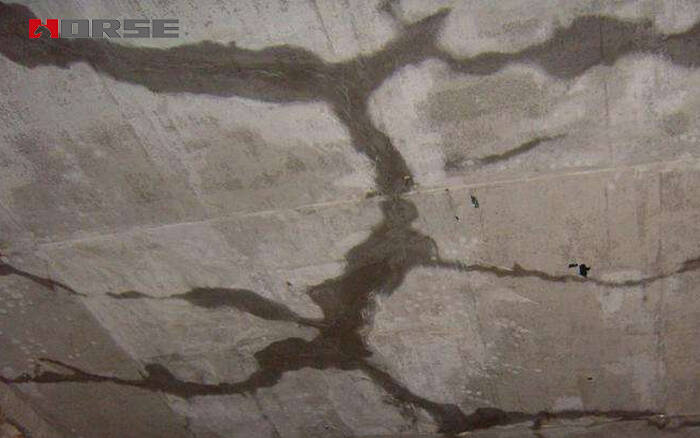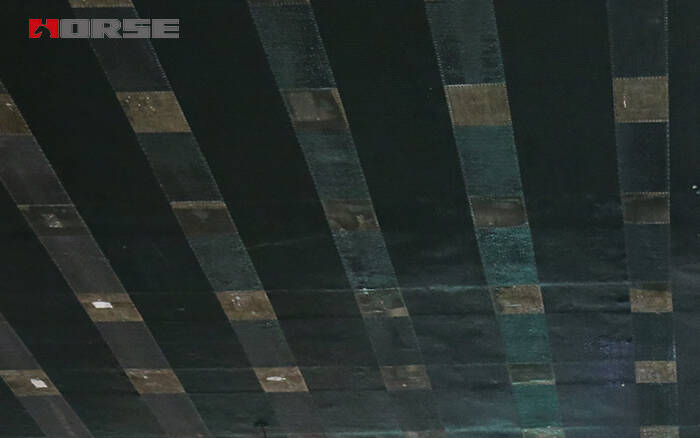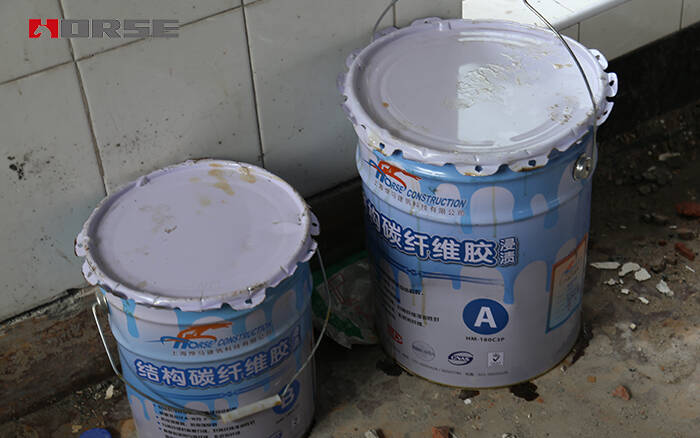Treatment and reinforcement of leakage of cracks
crack repair
Cracks in concrete buildings are one of the main causes of damage to concrete structures. The seepage water caused by the crack is difficult to solve.

Cracks in concrete buildings are one of the main causes of damage to concrete structures. The seepage water caused by the crack is difficult to solve. The conventional method of plugging the leak is to cut the cracks or water into the surface to stop the leakage. The result is that it is blocked here and starts to leak, because the cracks are irregular inside the concrete, and the water can be freely moved in the cracks and exudate from the relatively weak parts.
Mark - surface treatment - sew - buried grouting needle - glue seal - grouting - remove the grouting needle - sealing process.
After the completion of the plugging work, there is no leakage in the next week.

Material requirements
1) use high performance, high bonding strength carbon fiber adhesive .
2) CFRP tensile strength is greater than or equal to 3500MPa
3) the adhesive is mached with CFRP wrap
1.Treatment of concrete base
(1) remove and clean the plaster layer of the original crack and reach the structural layer.
(2) smooth out the surface of the structural layer (the joint of concrete components and the segment difference of the template). After dressing, the difference should be smooth.
(3) clean and clean the surface of the concrete.
2.Apply adhesive
(1) weigh the main agent and curing agent of the base coating resin according to the prescribed proportion and put it into the container and mix it evenly with the agitator. A harmonic quantity should be used within the available time. More than the available time can not be reused.
(2) no solvent is prohibited in the resin adhesive of the bottom coating. A solvent containing brush or a roller that is moistened with solvents should not be used.
(3) coating resin glue evenly with a roller brush.

3.Repair of the surface
The surface concave parts (honeycomb, hemp, small hole, etc.) are leveled with resin glue and quartz sand, and then repaired to the surface.
4.Pasting carbon fiber fabric
(1) confirm the stickup surface drying. When the temperature is below 5 C and the relative humidity is RH>85%, no construction can be carried out without effective measures.
(2) prevent the damage of carbon fiber cloth. CFRP shall not be bent in the process of cutting and pasting.
(3) the longitudinal joint of CFRP must be 10cm above. The site should be coated with adhesive resin. Carbon fiber sheets do not need overlapping horizontally.